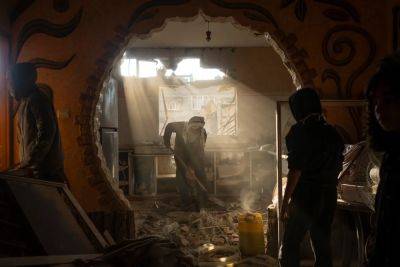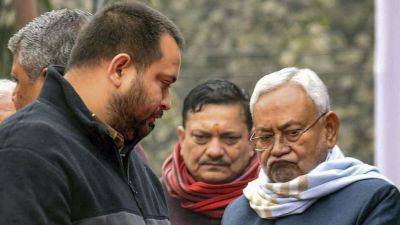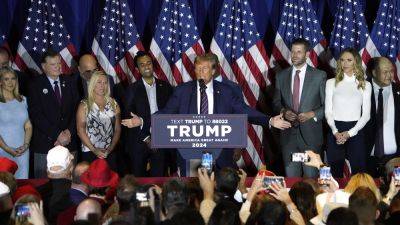How The Watermelon Became A Symbol Of Solidarity With Palestinians Worldwide
Over the past three months, on banners and T-shirts and balloons and social media posts, one piece of imagery has emerged around the world in protests against the Israel-Hamas war: the watermelon.
The colors of sliced watermelon — with red pulp, green-white rind and black seeds — are the same as those on the Palestinian flag.
From New York and Tel Aviv to Dubai and Belgrade, the fruit has become a symbol of solidarity, drawing together activists who don’t speak the same language or belong to the same culture but share a common cause.
To avoid repressive censorship, Chinese dissidents once pioneered “algospeak,” or creative shorthands that bypass content moderation, recently seen with Winnie the Pooh memes mocking Chinese President Xi Jinping.
People around the world began using algospeak to subvert algorithmic biases on TikTok, Instagram and other platforms.
The internet is now teeming with pictorial signs — pixelated images, emoji and other typographical codes — that signal political dissent.
The watermelon emoji is the latest example.
Here’s how the watermelon went from being a symbol of protest in the West Bank and Gaza to a global sign of solidarity with Palestinians online.
HISTORICAL CONTEXT
After the 1967 Mideast war, the Israeli government cracked down on displays of the Palestinian flag in Gaza and the West Bank. In Ramallah in 1980, the military shut down a gallery run by three artists because they showed political art and works in the colors of the Palestinian flag — red, green, black and white.
The trio was later summoned by an Israeli officer. According to artist and exhibit organizer Sliman Mansour, an Israeli officer told him, “It is forbidden to organize an exhibition without permission from the







